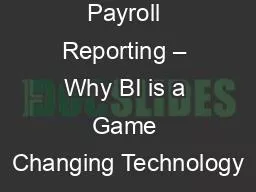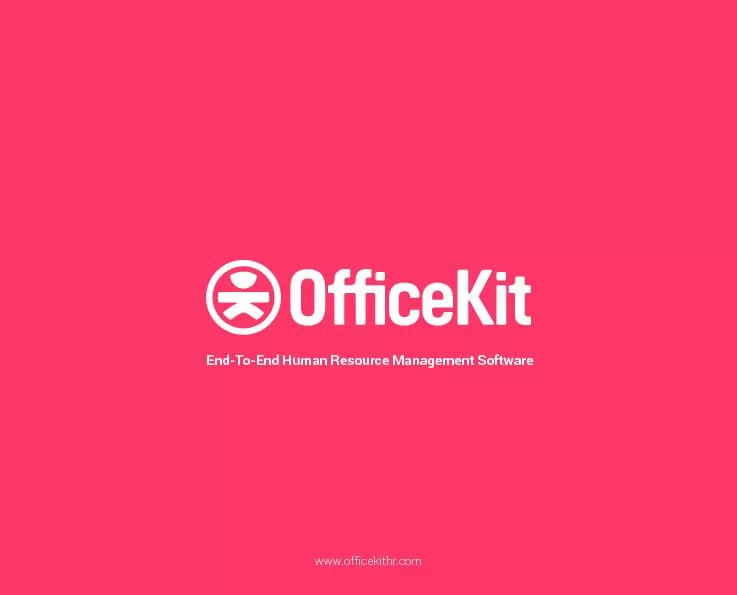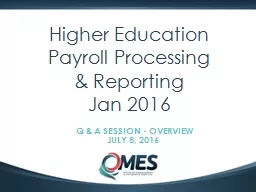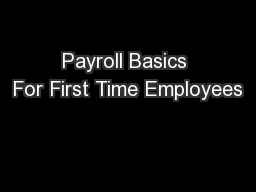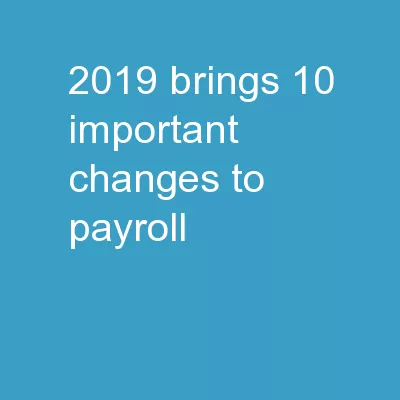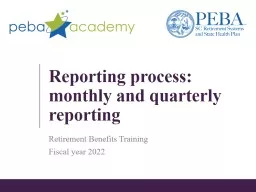PPT-Beyond Payroll Reporting – Why BI is a Game Changing Technology
Author : enteringmalboro | Published Date : 2020-08-28
Scott E Townsend President Scott E Townsends Payroll Journey 1988 1994 Reported to Najeeb Khan CEO and founder of Interlogic Systems Inc 1997 2003 Director
Presentation Embed Code
Download Presentation
Download Presentation The PPT/PDF document "Beyond Payroll Reporting – Why BI is a..." is the property of its rightful owner. Permission is granted to download and print the materials on this website for personal, non-commercial use only, and to display it on your personal computer provided you do not modify the materials and that you retain all copyright notices contained in the materials. By downloading content from our website, you accept the terms of this agreement.
Beyond Payroll Reporting – Why BI is a Game Changing Technology: Transcript
Download Rules Of Document
"Beyond Payroll Reporting – Why BI is a Game Changing Technology"The content belongs to its owner. You may download and print it for personal use, without modification, and keep all copyright notices. By downloading, you agree to these terms.
Related Documents

